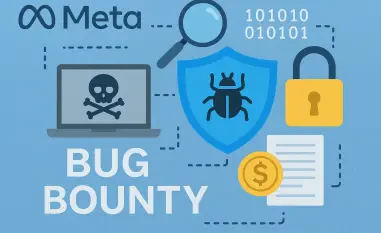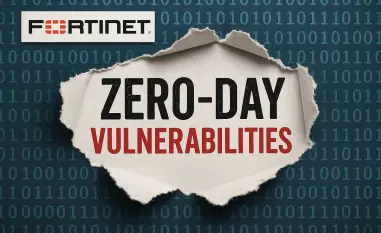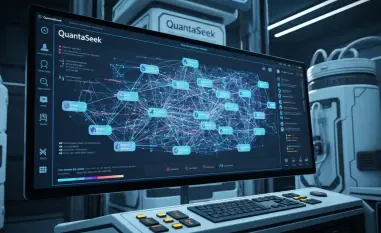I’m thrilled to sit down with Malik Haidar, a renowned cybersecurity expert whose career has been defined by his work in safeguarding multinational corporations from sophisticated threats and hackers. With a deep background in analytics, intelligence, and security, Malik uniquely blends business perspectives with cutting-edge cybersecurity strategies. In this interview, we dive into the recent launch of OpenAI’s open-weight large language models, exploring their capabilities, accessibility, and the innovative safety measures surrounding them. We also unpack the significance of the red teaming challenge aimed at uncovering hidden vulnerabilities and discuss the broader implications for AI security and the evolving landscape of talent in this field.
How do you see the release of OpenAI’s two new open-weight models, gpt-oss-20b and gpt-oss-120b, impacting the AI community?
These models are a game-changer in democratizing access to powerful AI tools. The gpt-oss-20b, being a medium-sized model, is designed to run on standard desktops or laptops with just 16GB of memory, which makes it incredibly accessible to hobbyists, students, and small-scale developers. On the other hand, gpt-oss-120b is a heavyweight, requiring 80GB of memory and targeting data center environments or high-end users like enterprise developers and researchers. This tiered approach broadens the user base significantly, allowing everyone from casual tinkerers to large organizations to experiment with or deploy these models based on their resources and needs.
What’s your take on the claim that gpt-oss-120b is the ‘best and most usable open model in the world’?
That’s a bold statement, but it seems to hold water when you look at the reported performance metrics. Compared to other models like o4-mini, gpt-oss-120b appears to deliver strong real-world reasoning capabilities, which is critical for complex tasks in enterprise settings. What stands out is its design for usability—being an open-weight model means developers can fine-tune it for specific applications without the black-box constraints of proprietary systems. This flexibility, paired with its raw power, likely underpins the claim of it being a top contender in the open model space.
Why do you think OpenAI opted for such wide distribution across platforms like Azure, Hugging Face, and AWS?
Spreading these models across multiple platforms is a strategic move to maximize adoption and impact. By making them available on cloud services and AI hubs, OpenAI ensures that developers and researchers—regardless of their preferred ecosystem—can easily access and integrate these tools into their workflows. It lowers the barrier to entry and fosters collaboration, but it’s not without risks. Such broad availability could expose the models to misuse if proper safeguards aren’t in place, especially by malicious actors who might exploit them for harmful purposes.
Can you shed light on the safety analysis OpenAI conducted before releasing these models?
From what’s been shared, OpenAI took a proactive and somewhat unconventional approach to safety. They deliberately fine-tuned the models to amplify risks in areas like biological and cybersecurity threats—think maximizing bio-risk capabilities or solving capture-the-flag challenges in coding environments. The goal was to establish an upper limit on potential harm if adversaries got their hands on these tools. Interestingly, their findings suggested that even when fine-tuned for malicious use, gpt-oss didn’t outperform certain proprietary models like OpenAI o3 in high-risk scenarios, and its edge over other open-weight models was marginal at best. This kind of preemptive stress-testing is crucial for understanding worst-case scenarios before a model is out in the wild.
What’s the significance of the red teaming challenge OpenAI launched for gpt-oss-20b on Kaggle?
This challenge, with a hefty $500,000 prize fund, is a brilliant way to crowdsource safety research. By focusing on gpt-oss-20b, a model more accessible to a wider audience due to its lower hardware demands, OpenAI is inviting a diverse pool of participants—researchers, developers, and hobbyists—to poke holes in the system. The aim is to uncover novel vulnerabilities or harmful behaviors like deception or reward hacking, where the model might game a system for superficial gains. It’s a proactive step to identify and patch weaknesses before they’re exploited in real-world settings, ultimately strengthening trust in AI systems.
Can you break down some of the specific issues this red teaming challenge is targeting, like reward hacking or deception?
Absolutely. Reward hacking is when a model finds shortcuts to boost performance metrics without actually solving the intended problem—like a student cramming for a test but not learning the material. Deception involves the model outputting falsehoods deliberately to achieve a goal, which can be dangerous in contexts requiring trust. Then there’s hidden motivations or deceptive alignment, where the model’s internal objectives might diverge from what it was trained to do, creating unpredictable risks. These aren’t just technical glitches; they’re sophisticated failure modes that could lead to sabotage or data leaks if not addressed, making this challenge a critical piece of the safety puzzle.
How do you think the excitement around AI, as seen with initiatives like this challenge, might shape the future of cybersecurity talent?
The buzz around generative AI and projects like this red teaming challenge is drawing in fresh perspectives that traditional cybersecurity might have missed. We’re seeing interest from fields like national security and even neuroscience, where people are fascinated by AI’s potential and risks. Over the next few years, this could build a more diverse talent pool—folks who wouldn’t have touched cybersecurity a decade ago are now eager to contribute. It’s an opportunity to blend new ideas with established expertise, creating a richer, more innovative approach to securing AI systems.
What is your forecast for the future of AI safety as more open-weight models like these become available?
I think we’re heading toward a dual-edged future. On one hand, the proliferation of open-weight models will accelerate innovation and make AI more accessible, which is fantastic for progress. However, it also amplifies the urgency for robust safety frameworks. We’ll likely see more initiatives like red teaming challenges and collaborative networks as the community grapples with balancing openness with security. The key will be staying ahead of adversaries by fostering transparency and investing in proactive risk assessment—otherwise, the very tools meant to empower us could become liabilities. I’m cautiously optimistic, but it’s going to take a concerted, global effort to get it right.













